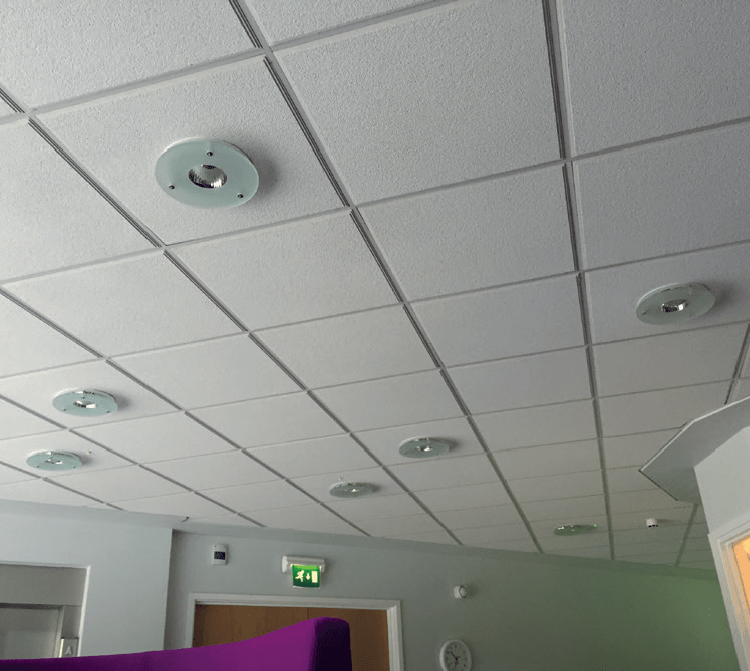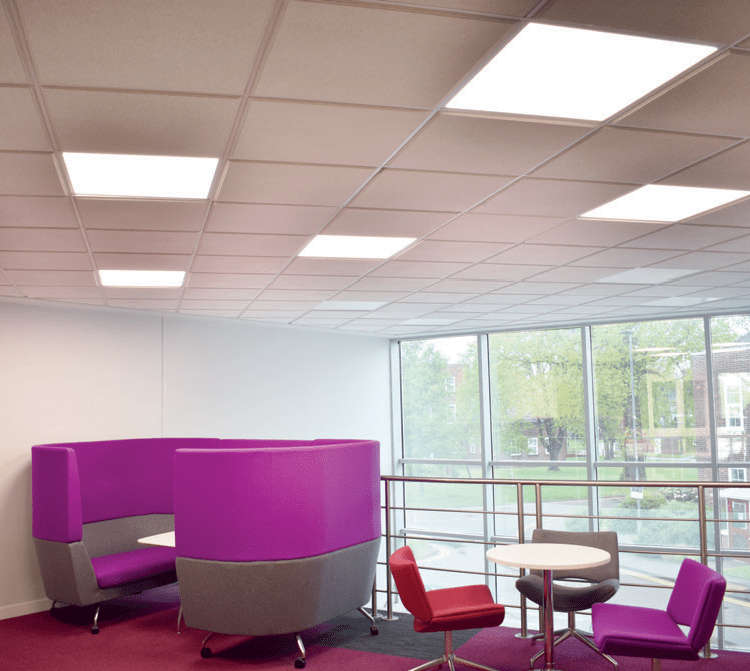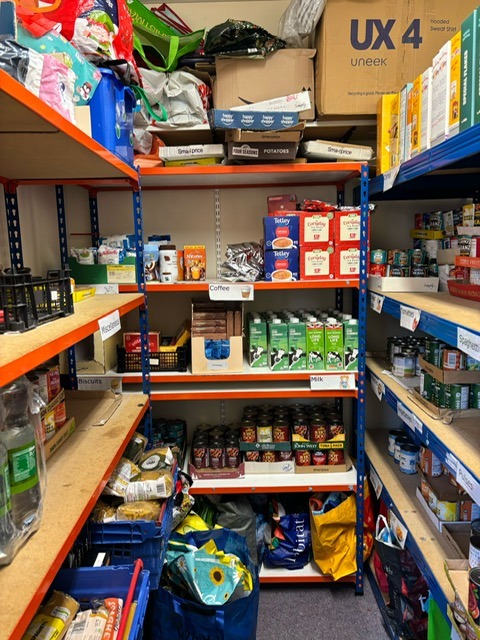Cranfield University is a British postgraduate and research-based public University specialising in science, engineering, technology and management. It contains two campuses: the main campus at Cranfield, Bedfordshire is unique, being the only University in Europe to have a fully-operational airport onsite. The airport facilities are used for both commercial flights and Cranfield University’s own aircraft in the course of aerospace teaching and research.
The Challenge
Cranfield University takes climate change seriously. Their Carbon Management Plan commits to reduce carbon emissions significantly over the next five years. To assist in this aim, the University wanted to apply to Salix Ltd to secure funding for energy saving measures, one of which was for the installation of LED lighting across the campus buildings. LASER assisted the University with their bid by surveying a range of buildings and providing the technical information required to submit a funding application. The application for funding was successful and Salix awarded £400k to begin works. Building 45, a 759.55sqm office space was the first area the University was keen to improve. The University’s facilities team wanted LASER to work closely with the building users to make sure all stakeholders were happy with the proposed lighting before full installation began. It was also vital LASER kept disruption to a minimum, allowing business as usual to continue during the day.
The Solution
LASER conducted a full survey of building 45 light levels and specified the installation of 189 LED replacement fittings. To assist the University with user engagement LASER installed a test area in advance. This allowed users to preview the final lighting design in a discreet area, and gave the opportunity for them to assess and comment on the working environment that would be achieved. Once all stakeholders were happy with the proposed design the installation was carried out during the evening, allowing business as usual to continue during the day.






